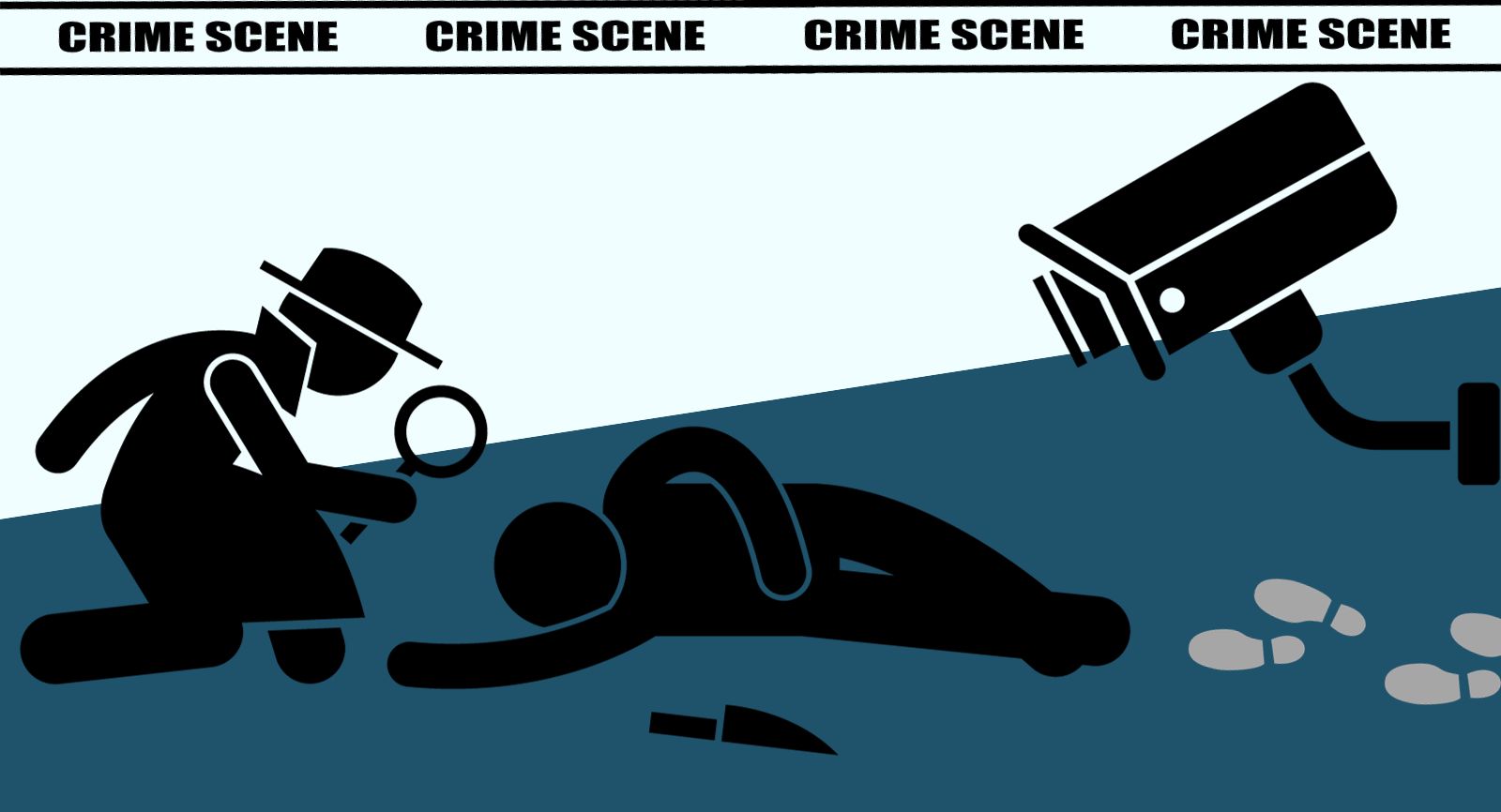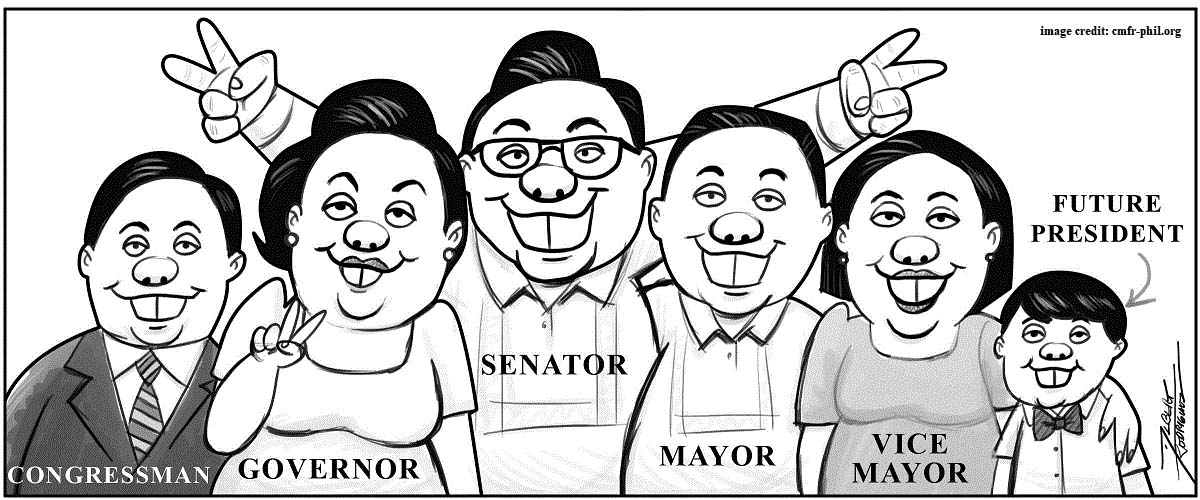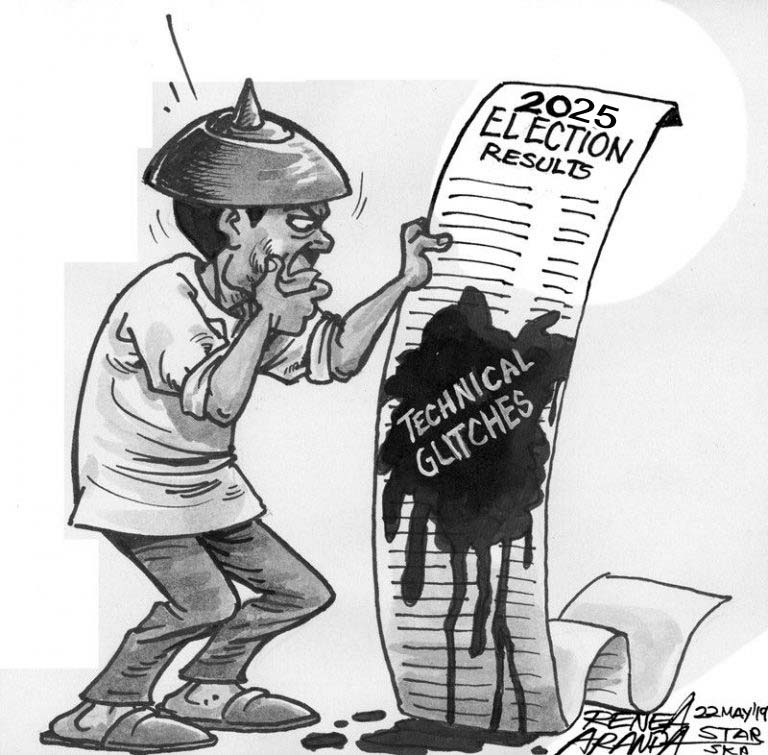Sheilla Cajayon Ysug – Lee, RN
Zamboanga City, located in the southern Philippines, has been experiencing a steady increase in crime rates over the past few years. The city, once considered a safe and peaceful place to live, has become a hub for various types of crimes, including theft, robbery, kidnapping, and murder.
Statistics and Trends wise, according to the Philippine National Police (PNP), the crime rate in Zamboanga City has been on the rise since 2018. The city recorded a total of 1,435 crime incidents in 2018, which increased to 1,743 in 2019, and further rose to 2,051 in 2020. The most common crimes committed in the city are theft, robbery, and physical injuries. and recently gunshot violences.
The data also shows that the majority of the crimes are committed in the city’s urban areas, particularly in the barangays of Tetuan, Sta. Maria, and San Roque and now even in the city proper or the center barangays of Zamboanga City. The city’s proximity to the Sulu Sea and its strategic location as a trade and commerce hub have made it a lucrative target for criminals.
Zamboanga City has several factors that contribute to the rise in crime rates. Some of the causes include:
- Poverty and Unemployment: The city’s high poverty and unemployment rates have led to a significant number of people resorting to crime as a means of survival.
- Lack of Economic Opportunities: The city’s economy is largely dependent on the service sector, which has limited job opportunities and low-paying wages.
- Corruption and Inefficiency: Corruption and inefficiency within the local government and law enforcement agencies have hindered efforts to address the rising crime rate.
- Influence of External Factors: The city’s location near the borders of Malaysia and Indonesia has made it vulnerable to transnational crimes, such as kidnapping and human trafficking.
The rise in the crime rates results to a significant impact on the community in Zamboanga City. Many residents have become fearful of leaving their homes, at night, and even during broad daylight. And have resorted to taking extra security measures to protect themselves and their properties. It will later affect the city’s economy to also suffer, as the increasing crime rate will deter tourists and investors from visiting and investing in the city.
The local government and law enforcement agencies have taken steps to address the rising crime rate in Zamboanga City. Some of the measures include: - Increased Police Presence: The PNP has increased its presence in the city, with more patrols and checkpoints in high-crime areas.
- Community-Based Programs: The local government has implemented community-based programs, such as neighborhood watch and crime prevention seminars, to engage the community in crime prevention efforts.
- Economic Development Initiatives: The city government has launched economic development initiatives, such as job creation programs and infrastructure development, to address the root causes of crime, such as poverty and unemployment.
The rise in crime rates in Zamboanga City is a growing and alarming concern that requires a multifaceted approach to address. The local government, law enforcement agencies, and the community must work together to prevent and reduce crime, and to create a safer and more prosperous environment for all residents. By addressing the root causes of crime, such as poverty and unemployment, and implementing effective crime prevention strategies, Zamboanga City can restore its reputation as a safe and peaceful place to live.















